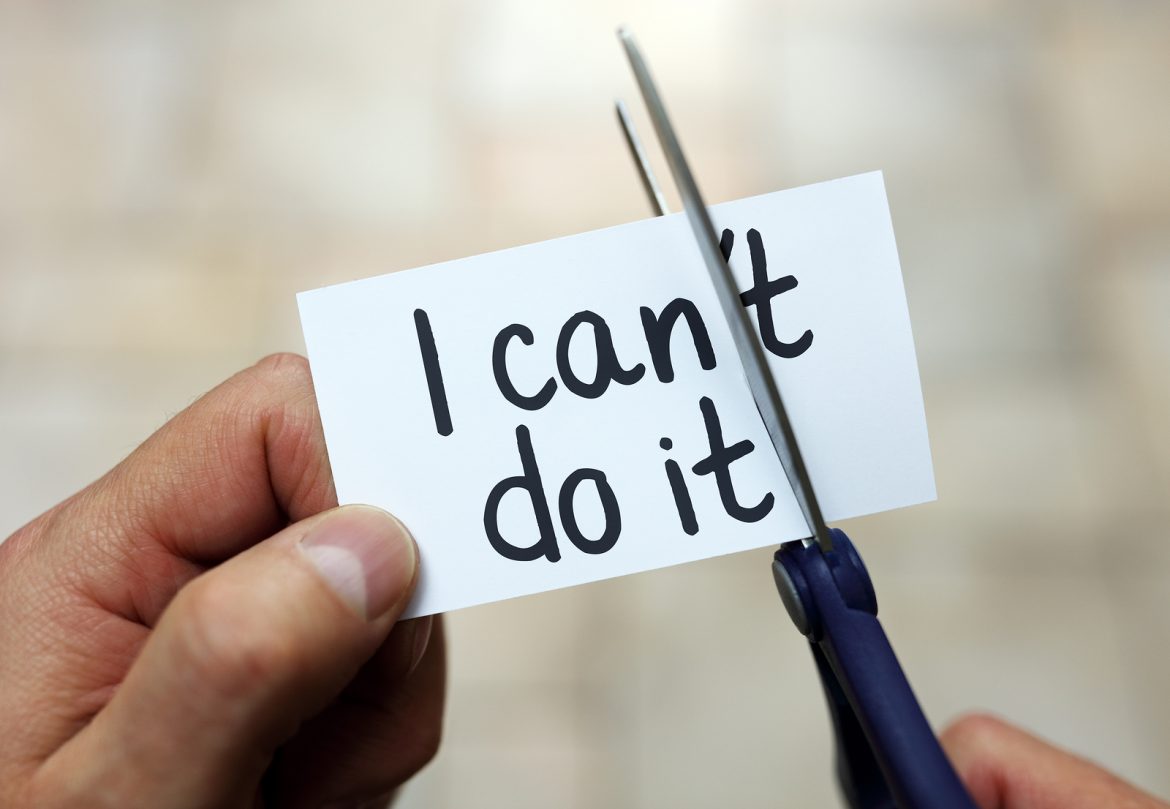
Courage doesn’t have to look dramatic or fearless. Sometimes it looks more like quiet perseverance.
1. See yourself as courageous
First, if we describe ourselves as “courageous,” we are more likely to act courageously. In other words, if I tell myself that I’m a courageous person as I park in the school parking lot and walk into my school, it may actually give me a psychological boost and inspire me to meet the day with greater self-assurance.
2. Get comfortable with “mistakes”
We can recognize and celebrate courage with others, but it can also be a very internal, day-to-day experience. One of the most common ways we practice courage at work is in our pursuit of learning and personal growth. Research tells us that fear of failure can negatively correlate with courage, but what if it’s OK to make mistakes—and they are even welcomed learning tools?
Studies indicate that students may benefit from making mistakes (and correcting them) rather than avoiding them at all costs
3. Keep trying
Courage at work also requires perseverance. As our fears lessen, we are more likely to persist in learning—to keep trying despite the obstacles ahead of us. And perseverance (or persistence), as a character strength, can also be modeled, observed, and developed. In fact, when adults model persistence in working toward a goal, infants as young as 15 months tend to mimic that behavior.
4. Look for the heroes
Of course, if we are feeling apathetic, anxious, or fearful about stepping up and doing that next best thing at school or in life, it can be helpful to draw inspiration from others—whether near or far, real or fictional.
According to research, the individuals we admire may represent some aspect of our ideal selves as they demonstrate moral courage through difficult times and a desire to do good in the world. They can also inspire us to live more meaningful lives. Studies suggest that seeing images of heroes may move us to sense greater meaning in our lives—and even increase our drive to help others
5. Clarify your values
You may recognize heroism or courage in others, but sometimes struggle to see it in yourself. If so, it may be helpful to ask yourself a few key questions:
- What do I value in myself?
- And What do I “stand for”?
- What is important to me?
- What are some of my successes and accomplishments?
When researchers measured teachers’ responses to prompts like these, they found that teachers’ anxiety immediately decreased—and they experienced more positive emotions over time when compared to a control group
6. Become part of a social force for courage
Finally, we can act on our values in community. After more than a year of isolation from each other—and the prospect of ongoing public health, environmental, and sociocultural crises—we are finding courage again in groups.
Teachers and students are participating in social and emotional communities of practice, circles of courage, and other “circles” practices to nurture a sense of belonging, find emotional support, and engage in collective action. Studies indicate that social groups like these promote interdependence, social identity, and cohesion and influence courageous behavior, too.
And one of the most empowering things we can do for our students right now is to support them in being courageous community problem solvers, too.











